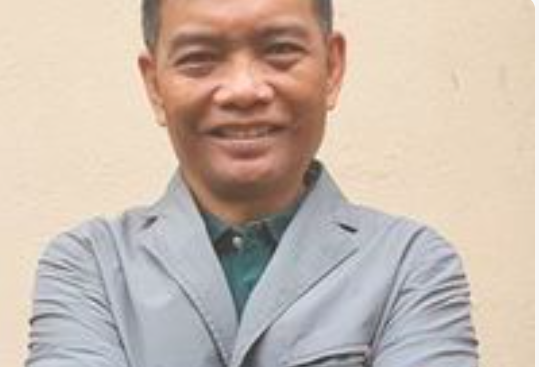There is more to nationhood than waiting for the COVID-19 vaccine. There are other layers of processes, activities, pursuits that should be animating this archipelago of 110 million people spread across 7,641 islands. If we were only to lift our gaze to higher levels of engagement, we might find the solutions that we seek at the ground and micro level.
For instance, the traffic congestion, the pollution, the informal settlements, the unemployment, the poor access to social services, the lack of affordable energy and connectivity that we attempt to surmount through heroic, tactical actions from day to day are actually problems that point to a lack of proper urban planning. The proneness of our people to sensational fake news and half-truths are a symptom of a people with superficial critical thinking skills and a nonexistent science culture, unable to wrap their minds around the idea that congestion in the city costs an estimated P3.5 billion a day. We are a people who travel a thousand-kilometer journey with myopic eyes, seeing only 10 meters ahead.
What we don’t see are the large trends that move the nation. Seven years ago, the Philippine Statistics Authority announced that the percentage of the population residing in urban areas in the Philippines was already 51.2 percent, and the urbanization tempo was 4.6 percent over the 2010-2015 period. When one looks at all the things that we aspire for as a nation, we may look no further than the city or municipality for effective deliverance from many of the problems that are, fortuitously, the same ones the rest of the world aspires for and knows as the 17 Sustainable Development Goals.
The National Research Council of the Philippines over the past year commissioned a study on the feasibility of Ubay in Bohol to become a “science city.” The case of Ubay is not a contentious one, because it meets the criteria to be a city as defined by law. But looking into its potential as a “science city” has made the research project break new ground.
The project has taken a different perspective on the conversion of municipalities to cities. Primarily, cityhood in the Philippines so far has been seen as a “destination,” a “badge” acknowledging that a city has arrived. But cityhood can alternatively be seen as a development journey. This way, cityhood entails a strategy for systematic urban development that will have positive implications on sustainability and inclusiveness. By creating density and connectivity that create livelihoods and opportunities, cities can become “growth and development escalators” or “high tides that raise all boats.”
This thinking becomes clearer when we look at science cities that have been deliberately built up, essentially following the “build it and the people will come” strategy. Among these are the science cities in Guangzhou in China, Tsukuba in Japan, Daedeok in Korea, and Akademgorodok in Russia. A science city is a “high quality urban space that is generally planned and built by governments to generate scientific excellence and synergistic research activities.” This concept of a science city can be Filipinized to be “an inclusive urban space that synergizes and maximizes for its residents the collective resources, capabilities, opportunities for attaining higher living standards through the purposive and sustained deployment and enculturation of science, technology, and innovation.”
The idea of a science city is not new in the Philippines. In 2000, Muñoz in Nueva Ecija became the Science City of Muñoz, primarily on the strength of the Central Luzon State University and several national research institutes in the city that now include the Philippine Carabao Center, the Philippine Rice Research Institute, and the Center for Tropical Mushroom Research and Development. Still, after its creation, the purposive science city-building activities required from the science community, the LGU, the private sector, and civil society have yet to materialize.
This simply means that the use of a science city model for transformative urban development needs to be developed in philosophy, strategy, and practice. This vista may open new energy that will release local governments from legalistic constraints on their development potential. At maturity, this could mean a national backbone of interconnected science cities across the archipelago.
——————
doyromero@gmail.com


